The candy manufacturing industry has undergone significant transformations over the years, driven by advancements in technology, automation, and evolving consumer preferences. Today, the industry is more competitive and dynamic than ever before, as manufacturers strive to meet the growing demand for variety, quality, and speed. The candy production process, which once relied heavily on manual labor and basic machines, is now increasingly driven by automation and innovation, allowing for greater efficiency, consistency, and customization.
Automation and technological innovation are reshaping not only the production but also packaging, quality control, and inventory management. With the rise of consumer demand for both traditional and novel candy products, manufacturers are forced to adapt quickly, integrating advanced solutions to streamline their operations, reduce costs, and improve the overall customer experience.
As candy companies aim to stay ahead of trends, the incorporation of automation, artificial intelligence (AI), and robotics is essential for gaining a competitive edge in the market. From improved manufacturing techniques to the development of new flavors and customizations, automation and innovation are opening new doors for the candy manufacturing industry to thrive in an ever-changing landscape.
Exploring How Automation and Innovation are Reshaping the Future of Candy Manufacturing
In recent years, candy manufacturers have increasingly turned to automation and technological innovations to meet modern demands. The integration of advanced machinery, artificial intelligence (AI), robotics, and the Internet of Things (IoT) has dramatically improved production capabilities, efficiency, and customization options.
As the candy industry faces heightened competition, consumer expectations have evolved. Customers now seek products that are not only high-quality and affordable but also unique and personalized. Automation, combined with innovative technologies, is helping manufacturers meet these expectations while optimizing production processes.
The use of robotics in manufacturing lines, AI for predictive maintenance, smart packaging solutions, and the widespread application of IoT for real-time monitoring are all examples of how automation is reshaping the industry. These technological advancements make it possible for manufacturers to respond faster to market trends, improve operational efficiency, and minimize waste.
The Current State of Candy Manufacturing
The candy manufacturing industry has a long history, evolving from small-scale, artisanal production to mass manufacturing. However, the traditional methods of candy making—such as handcrafting and batch production—still exist in some niche markets. These methods, while creating high-quality products, face significant limitations in terms of scalability, consistency, and efficiency.
Modern candy production involves various processes, including mixing, cooking, molding, cooling, and packaging. Historically, these processes were labor-intensive, requiring skilled workers to oversee each stage. Although advances in machine technology have introduced some automation in candy manufacturing, many processes still relied on human intervention, especially in quality control and manual handling.
Traditional Manufacturing Methods and Their Limitations
Traditional candy-making techniques focused on craftsmanship, often creating artisanal, small-batch products. These methods relied on manual labor for tasks such as mixing ingredients, shaping candy, and packaging. While this allowed for customization and a high level of quality control, it also resulted in slower production times, higher labor costs, and limited scalability. Furthermore, traditional methods were prone to human error, which could lead to inconsistencies in the final product.
Another key limitation of traditional manufacturing methods is the lack of real-time data and optimization. Without automated systems to monitor and adjust production parameters, manufacturers faced challenges in maintaining consistent product quality, reducing waste, and improving overall efficiency.
How Automation Has Been Gradually Introduced in the Industry
In the last few decades, the candy manufacturing industry has increasingly adopted automation to overcome the limitations of traditional methods. Automation in candy manufacturing has been introduced in various forms, from robotic arms for packaging to automated cooking and molding processes. These innovations have significantly improved production speeds, consistency, and the ability to scale operations to meet rising consumer demand.
For example, automated cooking and cooling systems allow manufacturers to control temperature, time, and ingredient mixing more precisely than manual methods, ensuring uniformity across large batches. Similarly, robotics are now used in packaging and sorting, reducing the need for human labor and improving both efficiency and accuracy.
Advancements in sensor technology and AI also play a role in improving production. Sensors can now monitor every step of the process, from raw material intake to the final packaging, collecting real-time data that can be analyzed to optimize manufacturing.
The Need for Innovation to Meet Modern Demands
While automation has already brought significant improvements to candy manufacturing, the need for further innovation is essential to meet modern demands. Consumers now expect products that are not only delicious but also unique, visually appealing, and customizable. With new trends such as vegan, gluten-free, organic, and personalized candy offerings becoming more popular, manufacturers must adapt to a rapidly changing market.
Innovation in the form of advanced robotics, AI, and the Internet of Things (IoT) is helping to meet these demands. Automation enables mass customization, allowing candy manufacturers to produce products tailored to individual customer preferences without sacrificing efficiency or quality.
Additionally, as sustainability becomes a more significant concern for consumers, manufacturers are looking for innovative ways to reduce waste, improve energy efficiency, and develop eco-friendly packaging solutions. By adopting automated systems, manufacturers can optimize resource usage, reduce production waste, and meet consumer demands for more sustainable production practices.
Understanding Advanced Technologies in Candy Manufacturing
Definition and Types of Advanced Technologies in Manufacturing
Advanced technologies in candy manufacturing refer to innovative systems and machinery that enhance production processes, improve efficiency, reduce costs, and create higher-quality products. These technologies include robotics, artificial intelligence (AI), machine learning, and the Internet of Things (IoT). Each of these technologies plays a distinct role in automating processes, ensuring consistency, and providing valuable data insights for continuous improvement.
Robotics: Robotics refers to the use of automated machinery to perform tasks that were traditionally done by humans. In candy manufacturing, robots are often employed in packaging, sorting, molding, and even in some aspects of cooking processes.
Artificial Intelligence (AI) and Machine Learning: AI involves machines that simulate human intelligence, enabling them to learn from data, improve over time, and make decisions without human intervention. In candy production, AI is used for quality control, predictive maintenance, and optimizing production schedules.
Internet of Things (IoT): IoT refers to a network of interconnected devices that communicate with each other, collecting and exchanging data in real-time. In candy manufacturing, IoT devices monitor everything from ingredient mixing to packaging processes, providing actionable insights that help manufacturers adjust operations as needed.
These technologies are not standalone solutions but often work together, enabling manufacturers to improve both individual processes and the overall production system. As the industry adapts to the ever-changing demands of consumers, the integration of such technologies allows manufacturers to keep pace and even set new standards for quality, efficiency, and customization.
Robotics: Automation in Production Lines
In candy manufacturing, robotics has revolutionized production lines. Automated robots are increasingly used for repetitive, labor-intensive tasks, such as sorting, packaging, and even precise molding of candies. This shift allows for faster, more efficient production cycles and minimizes the likelihood of human error. Robotics can handle delicate tasks, such as precisely cutting and shaping candy with uniformity, ensuring that each piece is the same size and shape.
Robotic systems also enable greater flexibility in production. For instance, candy manufacturers can reprogram robotic arms to produce different candy types without major downtime or redesigns, making the manufacturing process more adaptable to changing market demands. This flexibility allows manufacturers to quickly scale production or introduce new products without sacrificing efficiency.
Moreover, robots do not require breaks or sleep, meaning they can operate around the clock, increasing production capacity without a proportional increase in labor costs.
Artificial Intelligence (AI) and Machine Learning: Enhancing Processes and Quality Control
AI and machine learning play a critical role in improving the efficiency and consistency of candy production. These technologies utilize large amounts of data to make decisions, optimize operations, and detect anomalies that might indicate problems in production.
In the candy manufacturing process, AI is often used to improve quality control. Machine learning algorithms can analyze vast amounts of production data, identifying subtle patterns that human inspectors might miss. For example, AI-driven vision systems can be used to spot defects or imperfections in candy during the production process. This ensures that only products meeting the highest quality standards reach the market.
AI can also predict maintenance needs through predictive analytics. By continuously monitoring machine performance and learning from past maintenance data, AI systems can predict when a machine is likely to fail, allowing manufacturers to perform preventive maintenance before costly breakdowns occur.
In addition, AI can optimize production schedules, ensuring that manufacturing lines operate at peak efficiency. This level of optimization reduces downtime, minimizes waste, and ensures that resources are used effectively.
Internet of Things (IoT): Monitoring and Controlling Production in Real-Time
The Internet of Things (IoT) has become a game-changer in the candy manufacturing process, enabling manufacturers to monitor every aspect of production in real-time. IoT devices are embedded in machines, sensors, and other production equipment, collecting data that is sent to a centralized system for analysis. This data provides real-time insights into production performance, allowing manufacturers to make adjustments and optimize operations immediately.
For example, IoT sensors can monitor the temperature, pressure, and humidity in cooking and cooling machines, ensuring that ingredients are mixed at the ideal temperature and consistency. IoT systems also monitor the flow of raw materials, ensuring that inventory levels are maintained without overstocking or running low on essential ingredients.
With IoT-enabled systems, manufacturers can also track production progress and monitor key performance indicators (KPIs) from anywhere. This connectivity allows managers to make data-driven decisions quickly, leading to more informed, timely actions that enhance production efficiency.
The Benefits of Automation in Candy Production
Increased Efficiency and Faster Production Cycles
One of the most significant benefits of automation is increased efficiency. Automated systems, whether they involve robots in the production line or AI-driven scheduling software, streamline the manufacturing process, reducing the time it takes to produce candy. Robotics, for example, can perform repetitive tasks at speeds far greater than human workers, cutting down production cycles and increasing throughput.
The increased speed and efficiency of automated production lines allow manufacturers to meet growing demand more effectively, producing large volumes of candy without sacrificing quality. This rapid production also leads to faster turnaround times for new products, giving manufacturers a competitive edge when introducing new candy items to the market.
Consistency and Improved Product Quality
Automation helps to ensure that candy products are consistently made to the highest standards. Whether through robotics or AI-based quality control systems, automation reduces the variation in product quality that can occur in traditional, manual production processes. Each piece of candy can be shaped, molded, and packaged with the same level of precision, ensuring that every product meets the same high-quality standards.
AI-powered systems can continuously monitor and adjust production parameters to maintain consistency, ensuring that no product deviates from the desired specifications. This uniformity is crucial in maintaining customer satisfaction and meeting industry regulations.
Reduced Human Error and Minimized Production Downtime
Human error, though inevitable, can significantly affect production timelines and product quality. Automated systems eliminate many of these errors, improving reliability and consistency. Robots can perform tasks such as sorting and packaging with incredible accuracy, while AI systems can predict machine failures before they happen, minimizing unplanned downtime.
By reducing human error and improving system reliability, manufacturers can maintain a steady and efficient production flow, ensuring that the production line remains operational for longer periods.
Cost Reduction: Labor and Operational Costs
Automation significantly reduces the need for manual labor in many aspects of production, leading to substantial cost savings in wages and benefits. This is particularly beneficial in tasks that are repetitive or physically demanding, such as packaging and sorting. Robots can operate continuously, reducing the reliance on human workers and allowing businesses to allocate resources elsewhere.
Additionally, automation helps reduce operational costs by optimizing energy usage, minimizing waste, and improving resource management. For example, IoT sensors can track ingredient usage, ensuring that raw materials are used efficiently and that waste is minimized. Predictive maintenance enabled by AI reduces unexpected breakdowns and costly repairs, further contributing to cost savings.
Impact of Automation on Candy Product Customization
Meeting Consumer Demand for Personalized Candy Products
Today's consumers are no longer satisfied with generic, mass-produced candy. Whether for special events such as birthdays, weddings, or holidays, or simply for the enjoyment of unique flavors and appearances, personalization is a key factor driving consumer purchasing decisions. From personalized messages and colors to bespoke shapes and flavors, the demand for customization in candy production is at an all-time high.
Automation in candy manufacturing is enabling producers to meet these rising demands. Through automated production lines, manufacturers can create personalized products at scale, allowing consumers to choose from a wide variety of candy types, shapes, sizes, and packaging styles. These technologies allow candy makers to incorporate special requests such as custom logos, names, or even specific dietary requirements, such as gluten-free, vegan, or organic candy.
How Automation Allows for More Varied and Customized Offerings
Automation has made it easier to produce candy products with different shapes, colors, and sizes without sacrificing production efficiency. For instance, automated molding systems can handle a range of complex designs, enabling the creation of uniquely shaped candies that were previously difficult or time-consuming to produce manually. The precision of robotic arms and AI-driven systems ensures that each candy piece is consistent, whether it's a traditional shape or a more creative, customized design.
Furthermore, with advancements in 3D printing technology, candy manufacturers are now able to experiment with intricate designs and shapes, producing personalized candy at an even greater scale. 3D printers can create candies with precise, customized shapes that would have been labor-intensive or impossible with traditional molding processes. This flexibility opens the door to an entirely new category of creative and personalized confectionery offerings.
Automation also plays a critical role in offering flavor customization. Automated flavor injection systems can precisely blend ingredients, enabling manufacturers to produce candy with unique and complex flavor profiles. AI systems can analyze customer preferences and trends, suggesting new flavors or variations to match consumer demand. Automation empowers candy manufacturers to continuously innovate and introduce new, customized products that cater to ever-changing tastes.
The Role of Technology in Creating Unique Flavors, Shapes, and Packaging
The advancement of technology allows manufacturers to push the boundaries of candy production, offering consumers unique experiences. Automated systems play a vital role in creating candy with unique flavors and textures. For example, flavor encapsulation technologies enable the infusion of multiple flavors into a single piece of candy, providing an innovative sensory experience. Similarly, automated mixing and ingredient-dosing systems ensure precise control over the quantity and quality of ingredients, allowing for consistency in flavor across mass-produced batches.
In addition to product customization, automation has a significant impact on packaging. Today's consumers are increasingly drawn to products with eye-catching, personalized packaging. Automated packaging lines can quickly print custom designs, logos, or messages on candy wrappers, providing manufacturers with the ability to offer personalized packaging for special occasions or marketing campaigns. Smart packaging solutions, enabled by IoT, can even offer real-time tracking, providing consumers with a fully interactive experience, from purchasing to consumption.
The Role of Sustainability in the Future of Candy Manufacturing
Sustainability is becoming an increasingly important consideration in the manufacturing sector, and the candy industry is no exception. As consumers become more conscious of their environmental impact, they are demanding products that are sustainably sourced, produced, and packaged. In response, candy manufacturers are turning to automation and innovation to drive more sustainable production methods that align with these growing consumer preferences.
How Automation and Innovation Can Drive Sustainable Production Methods
Automation plays a crucial role in promoting sustainability in candy manufacturing by optimizing production processes, reducing waste, and conserving resources. Automated systems can track production data in real-time, making it easier to identify inefficiencies and areas for improvement. By continuously monitoring and adjusting production parameters, manufacturers can ensure that energy and materials are used as efficiently as possible, minimizing waste and reducing the carbon footprint.
For example, AI-driven predictive maintenance helps extend the life of machinery, preventing breakdowns and costly repairs. This not only reduces downtime but also decreases the environmental impact of manufacturing, as fewer resources are needed for repairs or replacements. Automation also helps streamline the supply chain by optimizing inventory management, reducing overstocking, and minimizing the environmental impact of excess product waste.
Energy-Efficient Machines and Eco-Friendly Packaging Solutions
Energy efficiency is a key component of sustainable manufacturing, and automation allows candy manufacturers to adopt more energy-efficient practices. Automated systems, such as variable-speed motors and advanced heating and cooling systems, can significantly reduce energy consumption during production. These systems adjust energy usage based on real-time data, ensuring that only the necessary amount of energy is consumed at each stage of the manufacturing process.
In addition to energy efficiency, the demand for eco-friendly packaging is rising. Consumers are becoming more concerned about plastic waste and the environmental impact of packaging materials. Automation has enabled the development of more sustainable packaging solutions, such as biodegradable wrappers, recyclable materials, and even edible packaging. Automated systems can also efficiently manage the use of materials, ensuring minimal waste during the packaging process and reducing the overall environmental footprint of candy products.
Reducing Waste and Improving Resource Management Through Automation
Waste reduction is a significant challenge in the candy manufacturing process. Raw ingredients, such as sugar and chocolate, are expensive, and any waste during production can lead to significant losses. Automation helps reduce waste by ensuring precise ingredient measurements and minimizing human error. For example, automated dosing systems ensure that the right amount of ingredients is used, reducing the likelihood of overuse and waste.
Furthermore, automation allows for better control of the production environment. Temperature and humidity are crucial factors in candy manufacturing, and automated systems can maintain these parameters with greater accuracy than human workers, reducing the chances of product spoilage or inconsistencies.
Resource management is also enhanced through IoT systems that provide real-time data on production levels, ingredient usage, and machinery performance. By continuously monitoring these factors, manufacturers can identify areas where resources are being overused or wasted and take corrective action immediately, resulting in improved sustainability and lower operational costs.
The Impact of Sustainable Manufacturing on Consumer Preferences
Today's consumers are increasingly prioritizing sustainability when making purchasing decisions. According to recent surveys, more than 60% of consumers are willing to pay a premium for products that are environmentally friendly. As a result, candy manufacturers are under pressure to adopt sustainable practices not only in production but also in sourcing, packaging, and distribution.
Automated and innovative manufacturing processes that promote sustainability are a significant selling point for modern candy brands. By reducing waste, optimizing energy usage, and offering eco-friendly packaging, manufacturers can appeal to environmentally conscious consumers who value sustainability. Moreover, transparency in sustainability efforts, such as clear labeling of eco-friendly practices and materials, is becoming an important factor in building brand loyalty and attracting consumers who are passionate about environmental responsibility.
The Future of Candy Manufacturing: Trends to Watch
The Rise of Smart Factories and AI-Powered Production Lines
One of the most significant trends in candy manufacturing is the rise of smart factories. These intelligent manufacturing environments use advanced automation, data analytics, and real-time monitoring systems to optimize production processes. AI-powered production lines are central to this transformation, enabling manufacturers to achieve unprecedented levels of efficiency and precision.
Smart factories leverage the power of AI, machine learning, and the Internet of Things (IoT) to create a seamless, interconnected production system. Sensors and smart devices collect and transmit data from every stage of the production process, from ingredient sourcing to final packaging. This data is then analyzed to identify inefficiencies, predict maintenance needs, and improve product quality.
AI-powered production lines take the concept of automation to the next level by continuously learning from production data. These systems can automatically adjust settings, optimize workflows, and make real-time decisions based on performance metrics, ultimately improving speed, consistency, and cost-effectiveness. In candy manufacturing, this translates to faster production cycles, reduced waste, and more consistent product quality.
The Potential of Augmented Reality (AR) and Virtual Reality (VR) in the Candy Industry
While augmented reality (AR) and virtual reality (VR) are often associated with gaming and entertainment, their potential in candy manufacturing is vast and transformative. These technologies can enhance both the consumer experience and the manufacturing process.
AR can be used to create interactive consumer experiences, such as virtual tours of candy factories, where customers can engage with the candy-making process in real time. AR-enabled packaging can also be used to provide information about the ingredients, nutritional facts, and even interactive games to engage consumers. This offers a unique marketing tool that combines entertainment and information, improving customer engagement and brand loyalty.
In the production environment, VR can be used for virtual prototyping and training. Manufacturers can simulate the entire candy production process in a virtual environment before physically implementing changes. This helps to identify potential problems, optimize designs, and train staff more effectively without disrupting actual production. VR can also be used to simulate new candy product concepts, allowing manufacturers to test and refine new ideas before launching them in the market.
The Evolution of Consumer Demand: How Technology Adapts to Shifting Tastes and Preferences
Consumer demand in the candy industry is evolving rapidly, with an increasing desire for products that cater to specific tastes, dietary needs, and ethical considerations. Technology is playing a crucial role in helping manufacturers meet these shifting preferences by enabling more personalized, on-demand candy production.
The rise of personalized products has been fueled by automation and advanced manufacturing technologies. Consumers now expect more than just mass-produced candy; they want flavors, shapes, and packaging that reflect their unique tastes and preferences. Automated systems allow manufacturers to customize products efficiently, from creating new flavor profiles to printing personalized messages on candy wrappers.
Additionally, the demand for healthier and more sustainable options is growing. Consumers are seeking candies made with natural ingredients, organic sugar alternatives, and environmentally friendly packaging. Automation helps meet these demands by enabling precise ingredient management, efficient packaging, and reduced waste. AI-driven data analysis also helps manufacturers track consumer trends and predict what types of products will be popular, ensuring that candy offerings align with market demand.
Predicting the Future of Automation in Candy Production
The future of automation in candy production looks incredibly promising, with innovations that promise to further enhance the efficiency, customization, and sustainability of manufacturing processes. Automation will continue to evolve, driven by advancements in robotics, AI, and the integration of new technologies like 3D printing and blockchain.
In the near future, candy manufacturers are likely to see more widespread adoption of fully automated production lines, capable of handling everything from ingredient mixing to final packaging without human intervention. These fully automated systems will not only reduce costs but also increase flexibility, allowing manufacturers to switch between different product lines and production volumes with minimal downtime.
Additionally, the integration of blockchain technology in production systems could lead to more transparent supply chains. Consumers are increasingly interested in knowing where their products come from, how they are made, and what ethical standards are involved. Blockchain can provide a secure, verifiable way to track ingredients from source to final product, ensuring transparency and fostering trust with consumers.
The continued advancements in robotics will lead to more dexterous robots capable of performing complex tasks such as delicate molding, sorting, and even product inspection. These robots will work alongside AI systems to ensure that every piece of candy is produced to the highest standards of quality and efficiency.
Recap of the Key Points on How Advanced Technologies and Automation Are Transforming the Industry
The candy manufacturing industry is undergoing a significant transformation, driven by the rapid adoption of advanced technologies and automation. From the rise of smart factories powered by AI to the potential of augmented and virtual reality in enhancing consumer experiences, the future of candy production is full of exciting possibilities. Automation is not only streamlining production processes but also allowing manufacturers to meet consumer demands for personalized products, healthier options, and sustainability.
Technologies such as AI, robotics, and IoT are already improving production efficiency, product quality, and resource management. These advancements are paving the way for a more agile and responsive industry, capable of adapting to ever-changing market demands. As manufacturers continue to innovate and embrace these technologies, the industry is poised for even more dramatic transformations in the coming years.
Final Thoughts on the Future of Candy Manufacturing
The future of candy manufacturing is bright, with technology playing an increasingly central role in shaping the industry's direction. As automation, AI, and emerging technologies like AR and VR continue to evolve, manufacturers will have the tools they need to innovate, adapt, and meet the diverse needs of modern consumers. By embracing these technologies, manufacturers can stay competitive, deliver higher-quality products, and enhance the overall consumer experience.
The Importance of Embracing Technology to Stay Competitive in the Evolving Market
In an industry where consumer preferences are shifting rapidly and competition is intensifying, embracing advanced technologies is no longer optional—it's essential. Manufacturers who invest in automation and innovation will be better equipped to meet consumer demands for customization, sustainability, and quality. By staying at the forefront of technological advancements, candy manufacturers can ensure that they not only survive but thrive in an increasingly tech-driven market. The future of candy manufacturing is defined by those who are willing to embrace change and leverage technology to create better products and experiences for consumers.


 ENG
ENG
 English
English 中文简体
中文简体 русский
русский Français
Français Español
Español عربى
عربى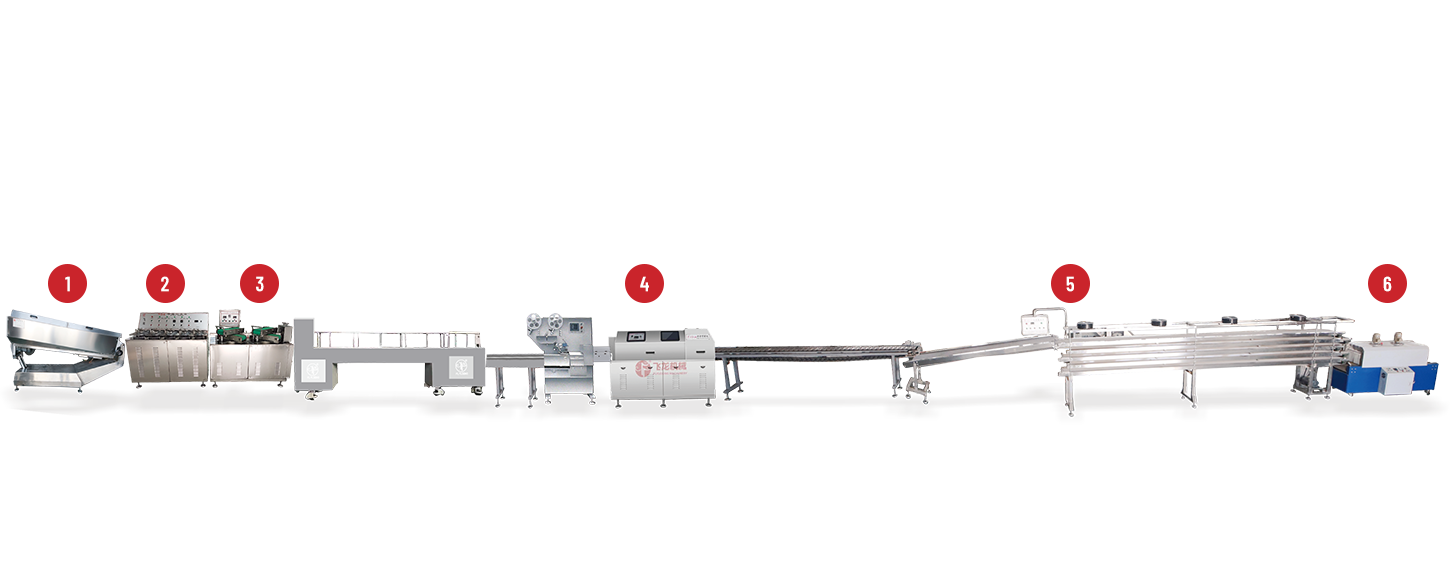
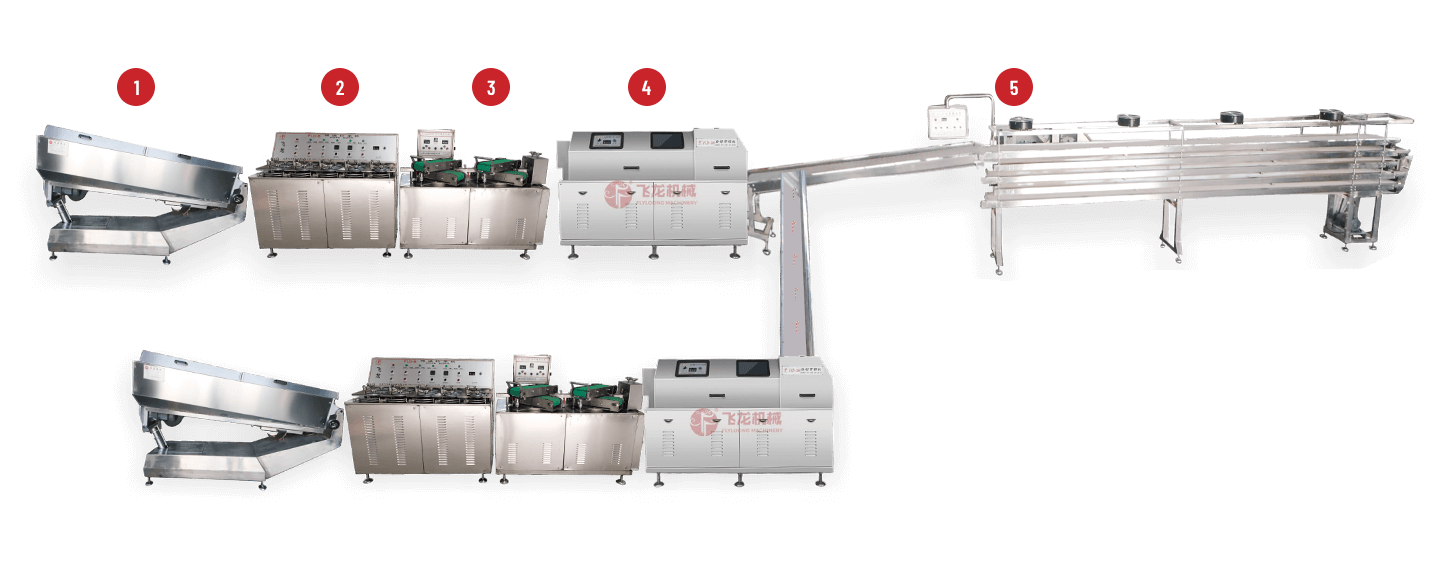
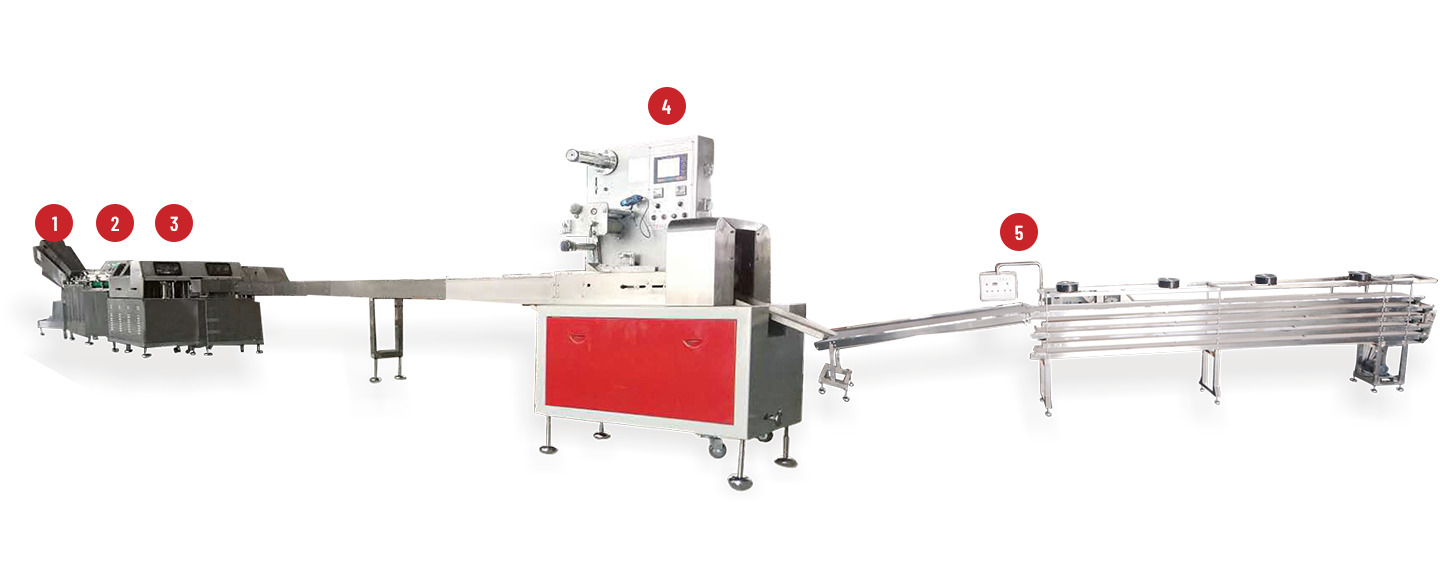
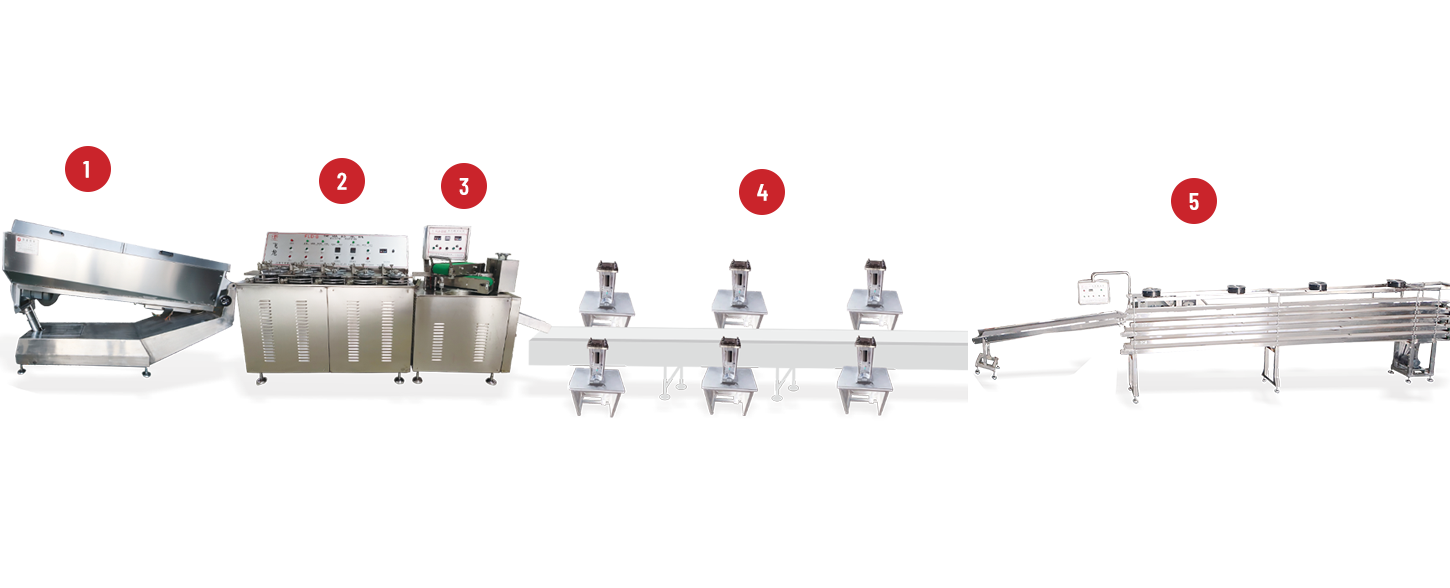
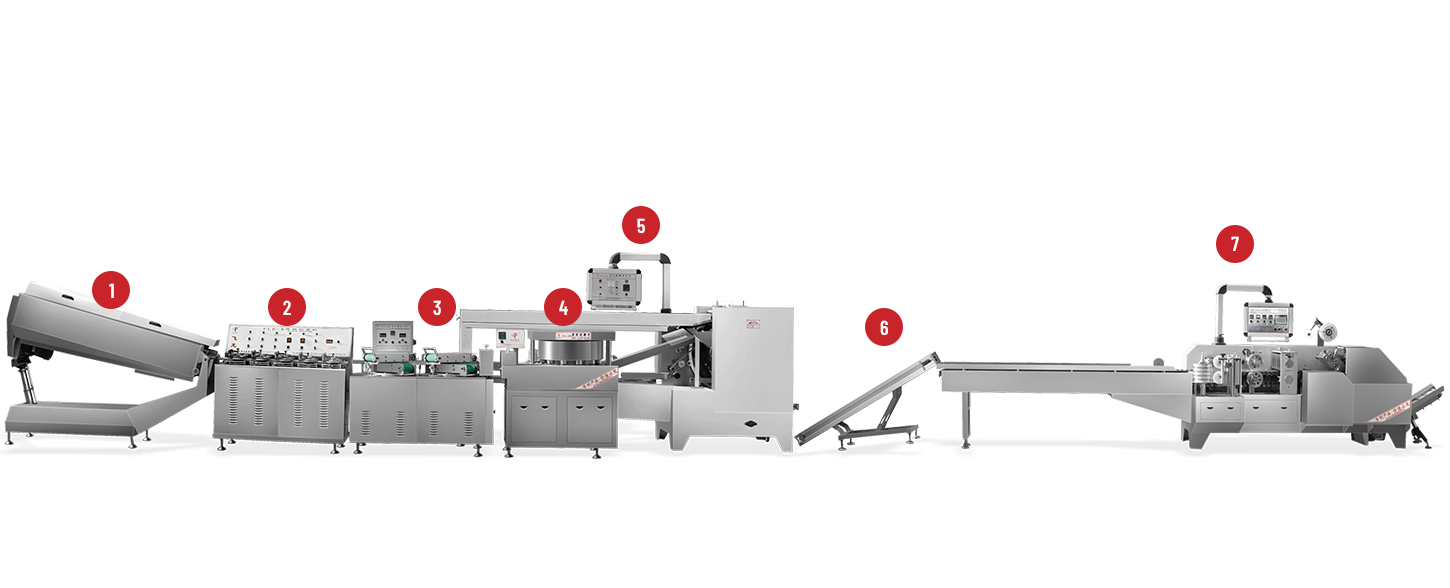
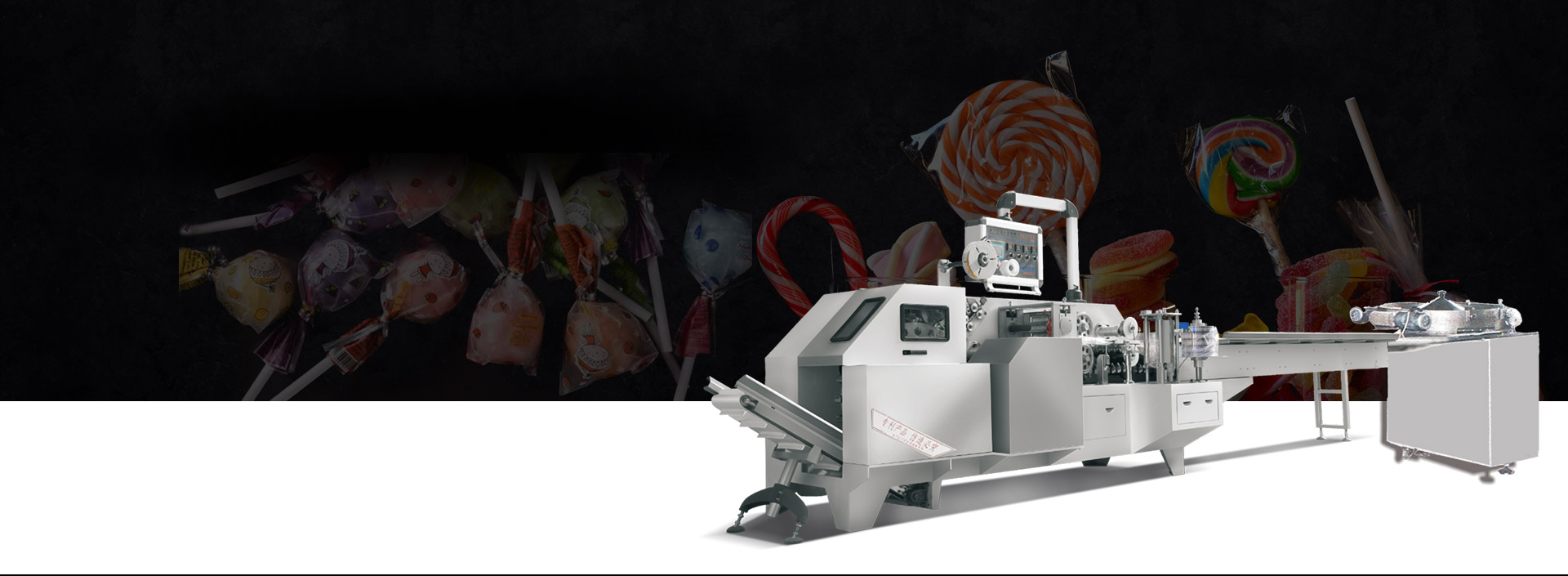
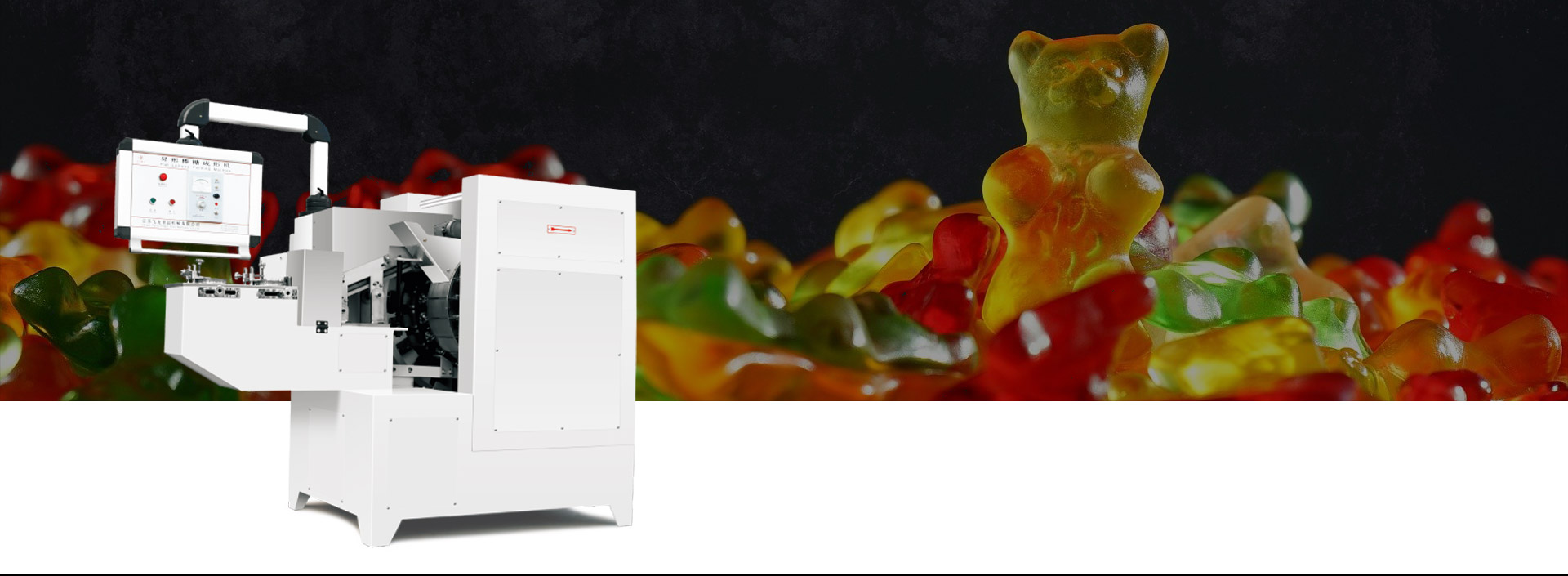
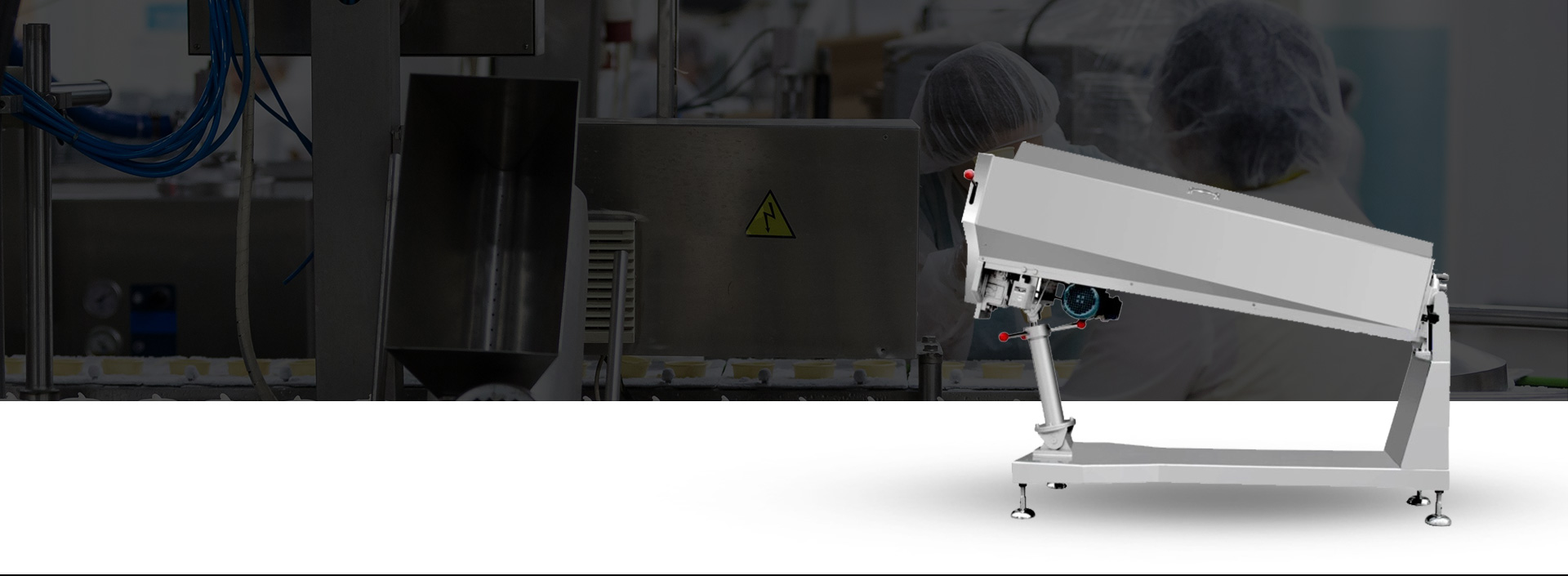
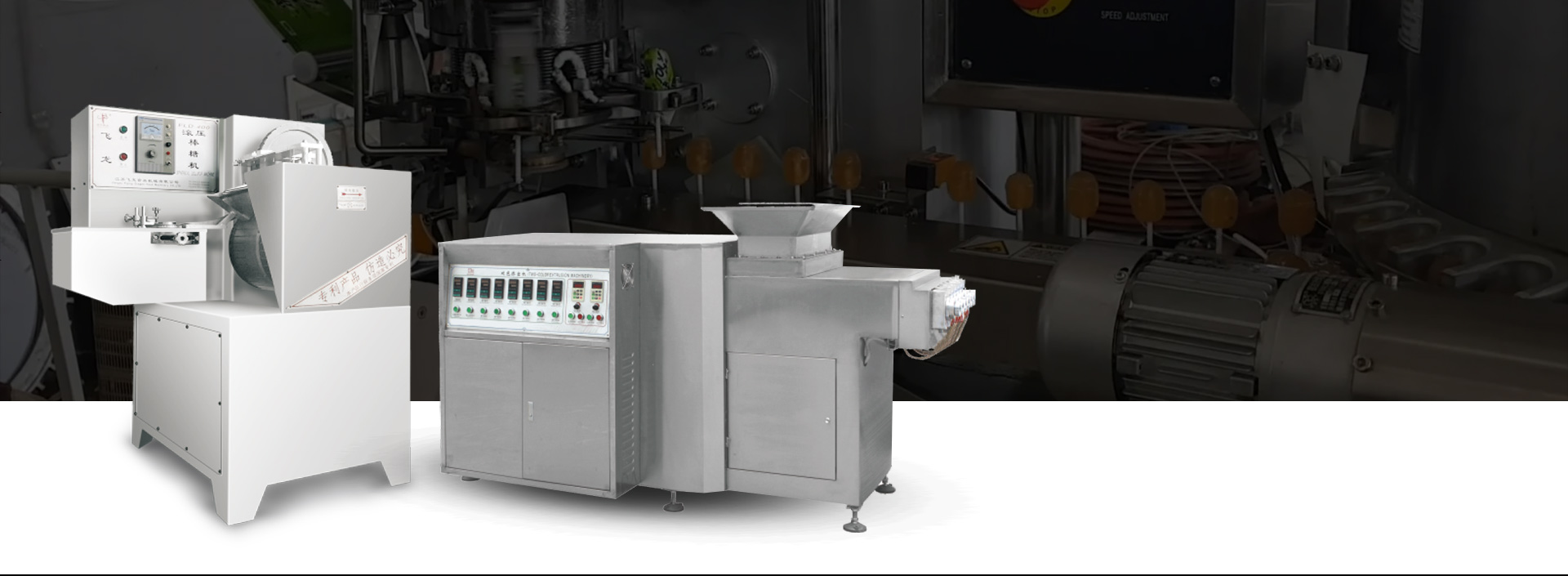
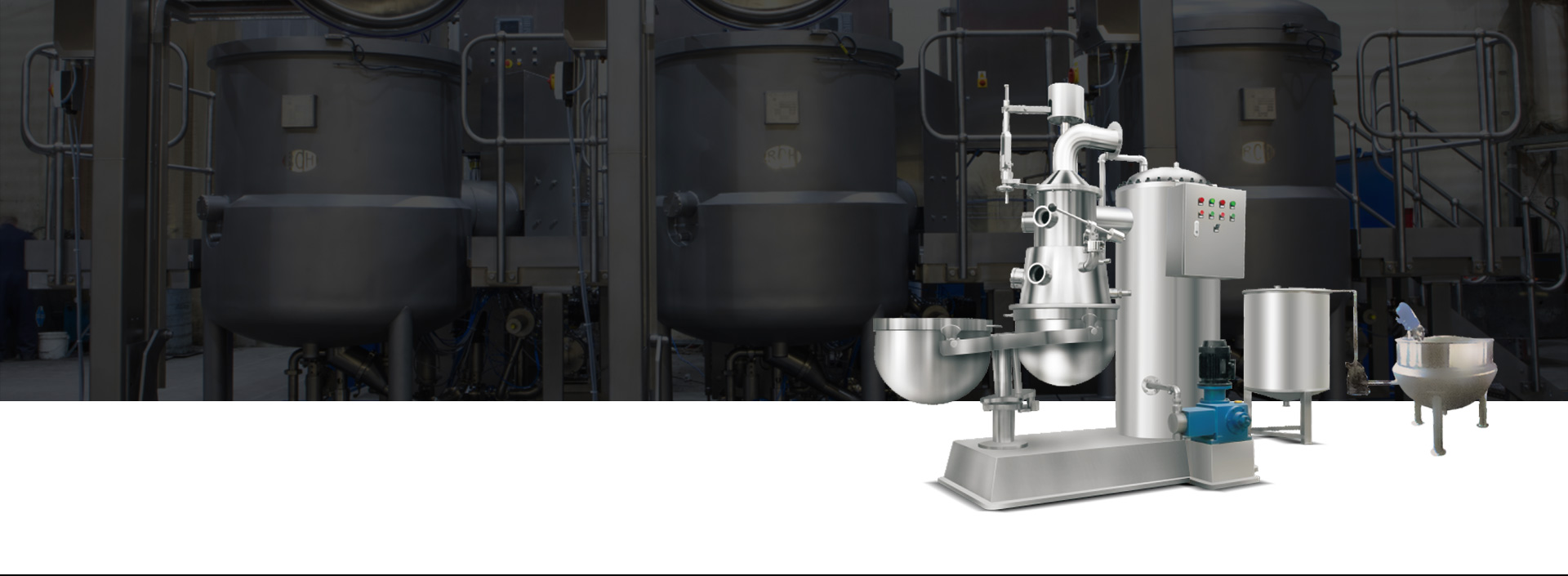

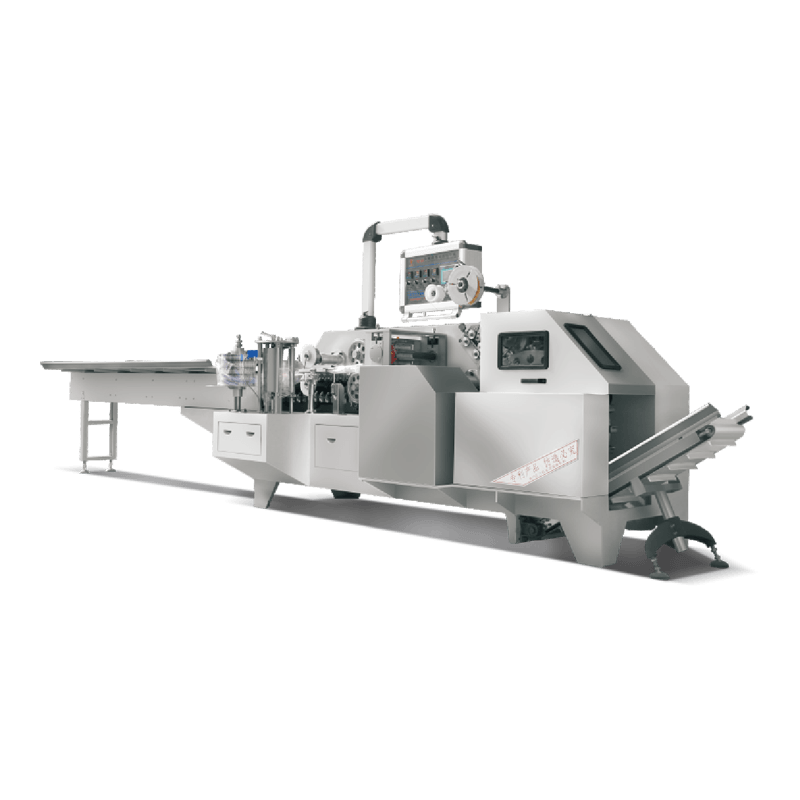
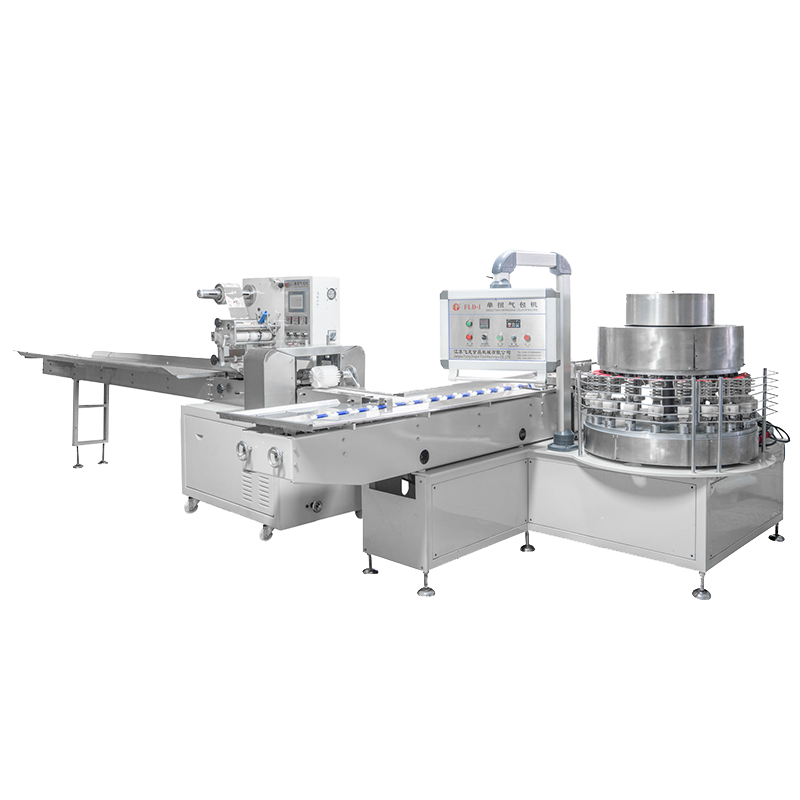
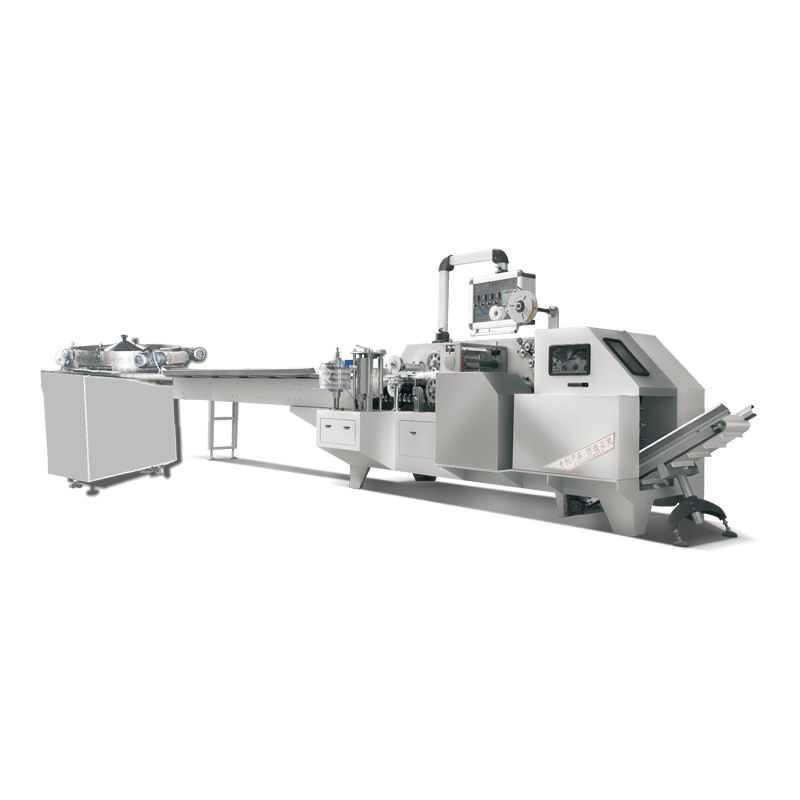
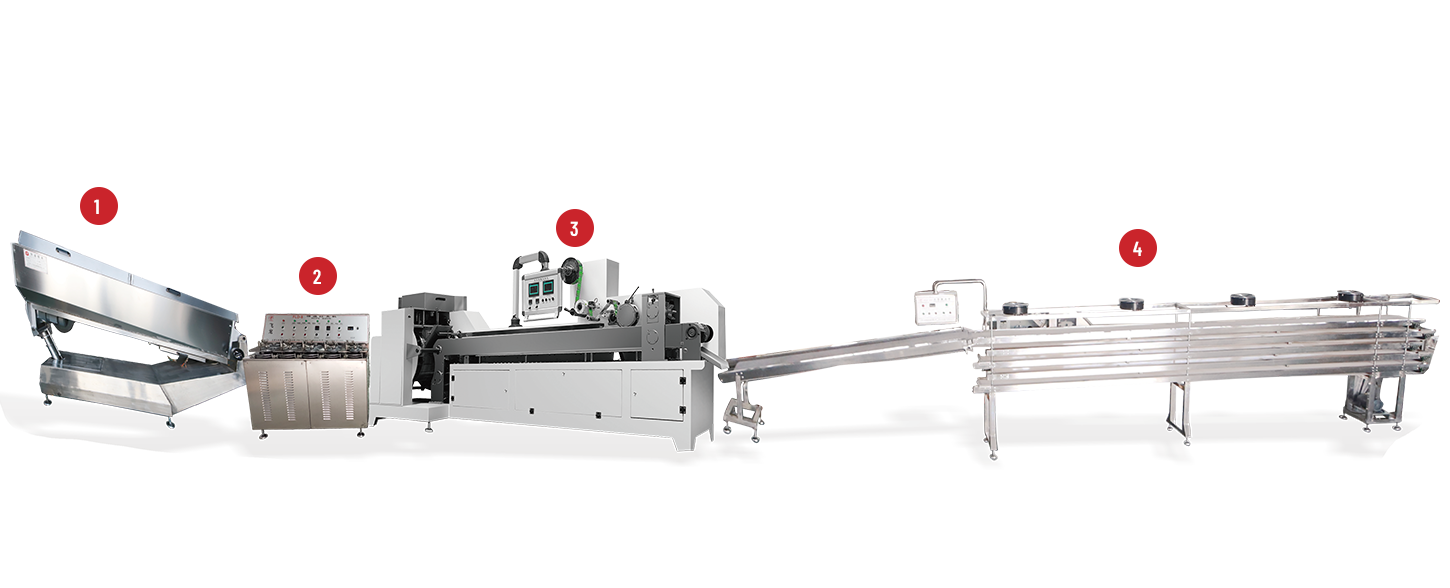
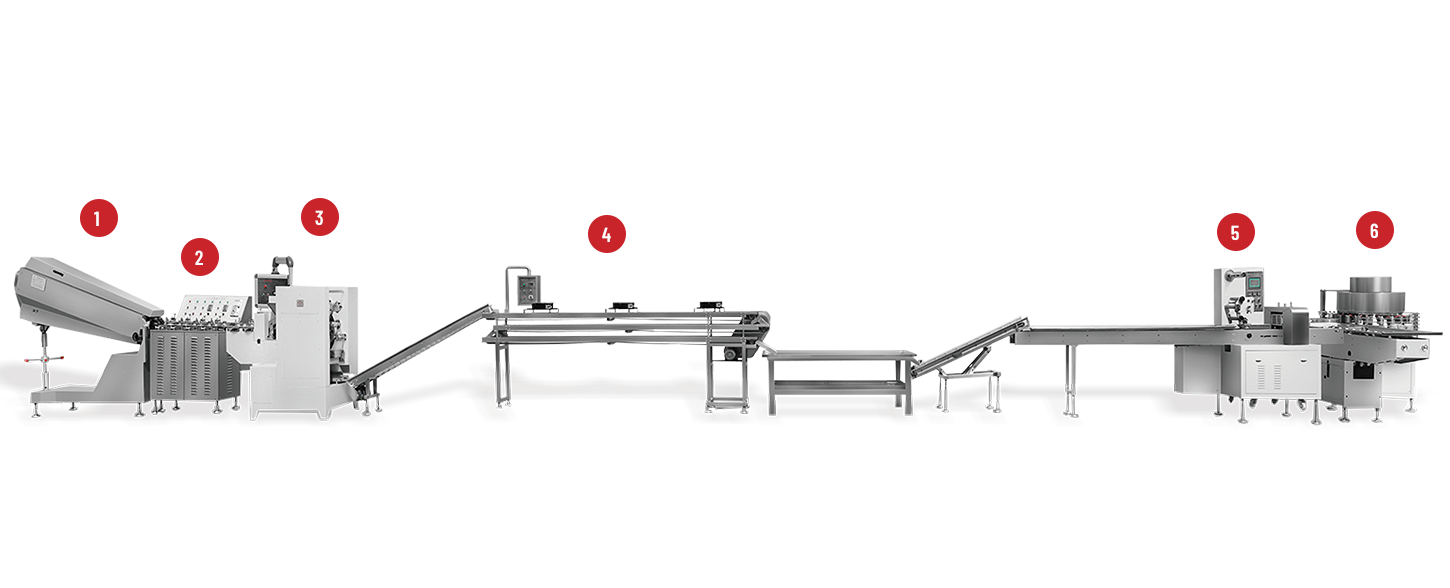
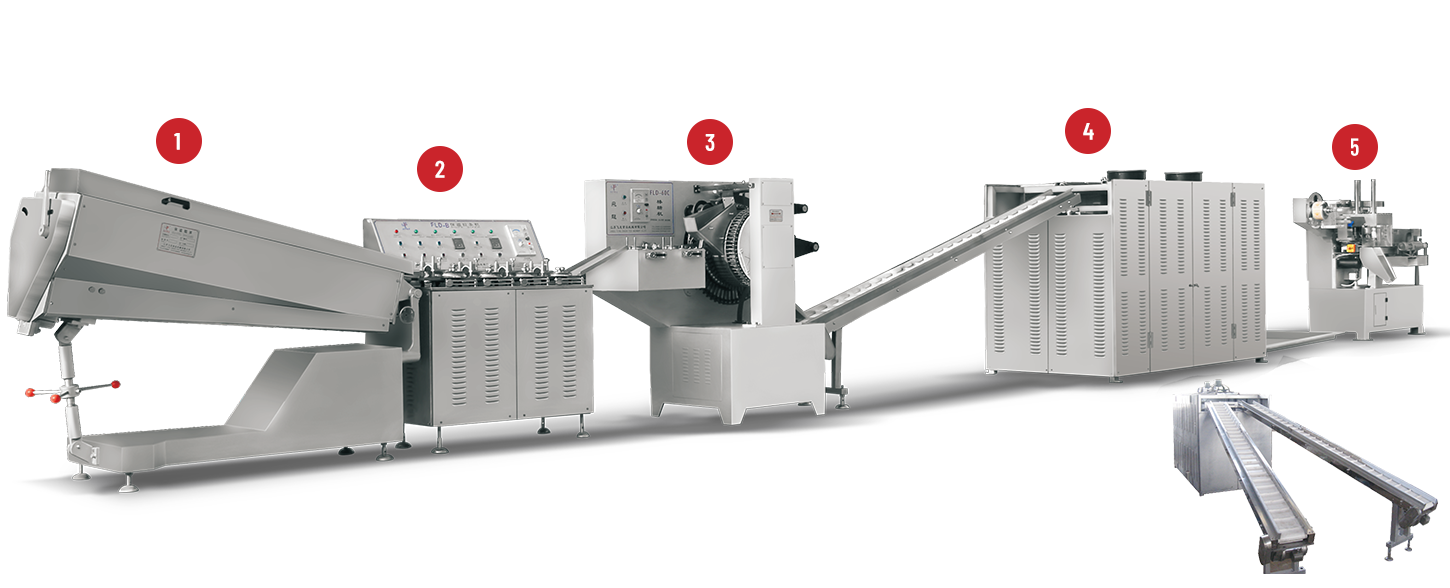
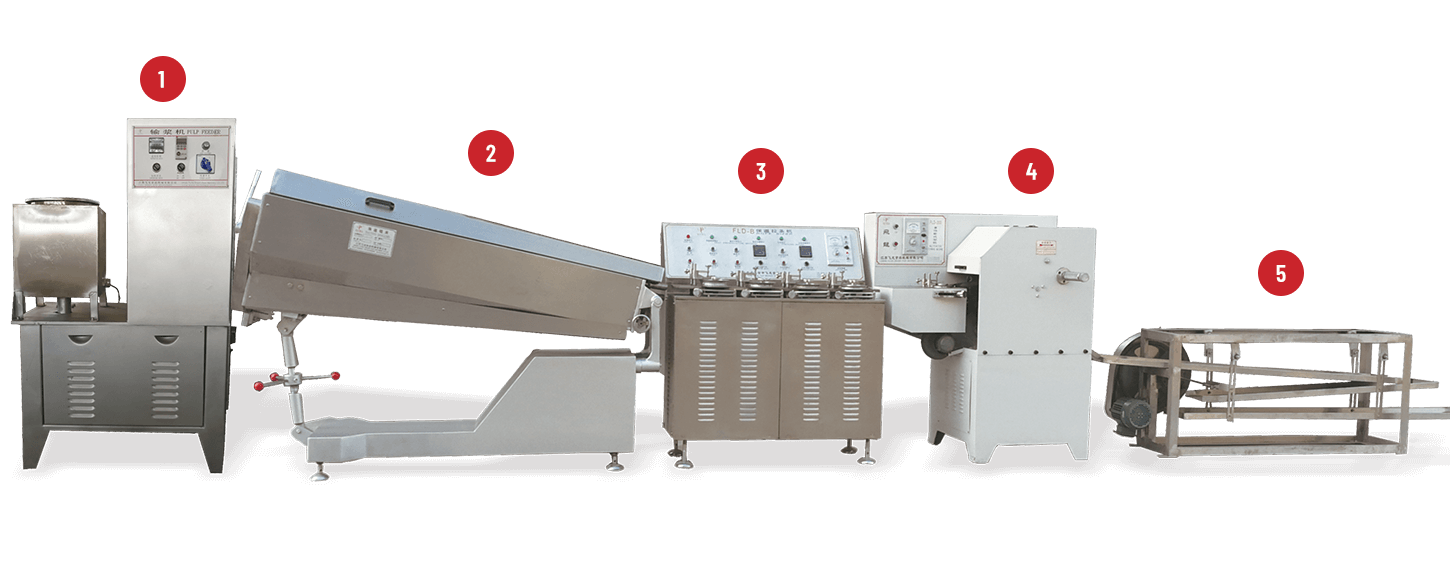
 +86-(0)515-8465666
+86-(0)515-8465666 +86-(0)515-85566996
+86-(0)515-85566996 +86-138 1559 9708
+86-138 1559 9708 flyloong@flyloongcn.com
flyloong@flyloongcn.com 
 Home
Home